Home>Interior Design>What Color Is Beige? How To Use It In Your Decor
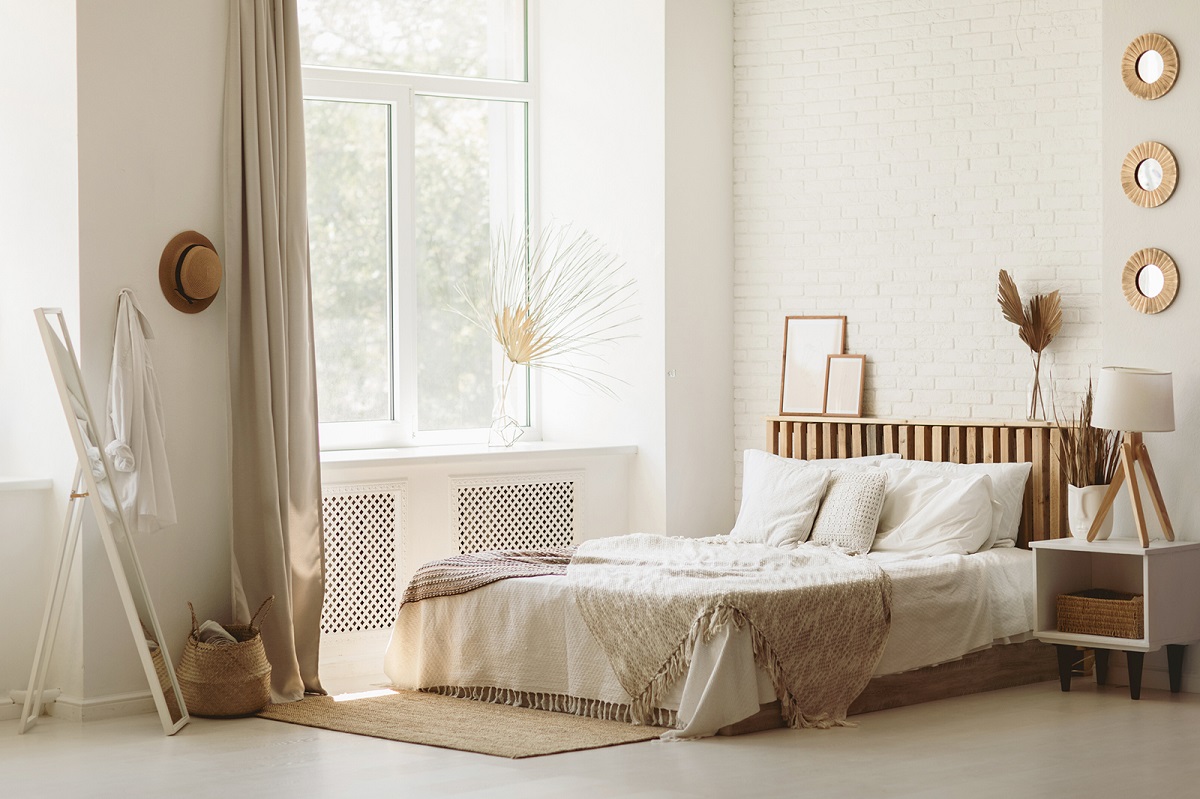

Interior Design
What Color Is Beige? How To Use It In Your Decor
Modified: February 7, 2024
Discover the beauty of beige in interior design. Learn what color beige is and how to incorporate it into your decor for a stylish and timeless look.
(Many of the links in this article redirect to a specific reviewed product. Your purchase of these products through affiliate links helps to generate commission for Storables.com, at no extra cost. Learn more)
Introduction
When it comes to interior design, color plays a crucial role in setting the tone and creating a harmonious space. One color that has stood the test of time in the world of decor is beige. Beige is a neutral color that exudes warmth, elegance, and versatility. It is often described as a pale sandy hue that falls somewhere between white and tan.
Beige has the unique ability to complement a wide range of other colors and materials, making it a popular choice for homeowners and interior designers alike. Whether you prefer a minimalist or a more eclectic style, beige can be incorporated into your decor to create a timeless and sophisticated look.
In this article, we will explore the various aspects of the color beige and how you can effectively use it in your home decor. From understanding different shades of beige to incorporating it in walls, floors, furniture, and accessories, we will provide you with a comprehensive guide to incorporating this versatile color into your interior design.
So, if you’re looking to add a touch of understated elegance and warmth to your living space, read on to discover how to use beige in your decor and make a stunning style statement.
Key Takeaways:
- Embrace the versatility of beige in interior design to create a timeless and sophisticated ambiance that complements various decor styles and color palettes.
- Incorporate beige strategically through walls, floors, furniture, and accessories to add warmth, elegance, and visual continuity while maintaining balance and harmony in your living space.
Understanding the Color Beige
Beige is often thought of as a simple and plain color, but its simplicity is what makes it so versatile. Unlike stark white, beige has a slight warmth that adds a cozy and inviting element to any space. It is a color that is often associated with calmness and relaxation, making it an excellent choice for bedrooms, living rooms, and other areas where you want to create a tranquil atmosphere.
Beige is considered a neutral color, meaning it doesn’t lean heavily towards warm or cool tones. It has an earthy quality to it, which makes it easy to pair with other colors and materials. From earthy browns and greens to vibrant pops of color, beige serves as a great backdrop to highlight other elements in the room without overpowering them.
One of the key advantages of beige is its ability to effortlessly blend in with any decor style. Whether you’re going for a modern, traditional, or bohemian look, beige can adapt and create the desired ambiance. Furthermore, beige is a timeless color choice that won’t go out of style, making it a safe and reliable option for long-term design.
While beige may seem like a straightforward color, it actually comes in many different shades and undertones. Some variations of beige have warmer undertones, leaning towards light yellows or pinks, while others have cooler undertones, with hints of gray or blue. Understanding these nuances is crucial in selecting the right shade of beige for your home.
Overall, beige is a color that brings a sense of warmth, versatility, and tranquility to any space. Its neutral nature allows it to be a blank canvas for your design ideas, making it a perfect choice for interior decorators and homeowners.
The Versatility of Beige in Home Decor
When it comes to versatility, few colors can compare to beige. Its neutral nature allows it to seamlessly blend with a wide variety of color palettes and decor styles. Whether you prefer a minimalist, Scandinavian look or a more opulent, traditional aesthetic, beige can adapt and enhance your design vision.
One of the main benefits of using beige in home decor is its ability to create a clean and serene ambiance. Its subtle and understated presence can make a space feel more open and spacious, especially when used on walls, ceilings, and large furniture pieces.
Beige can also act as a unifying element in your decor, tying together different colors and patterns. It can serve as a neutral backdrop for vibrant art pieces, bold accessories, or colorful furniture, allowing them to stand out while maintaining a balanced visual composition.
Furthermore, beige has a timeless and elegant quality to it, making it suitable for any room in your home. From bedrooms to living rooms, kitchens to bathrooms, incorporating beige can create a cohesive and cohesive look throughout your space.
In addition to its versatility in color schemes, beige also works well with various materials and textures. It pairs beautifully with natural elements like wood, stone, and woven fibers. The combination of beige walls with wooden accents can create a warm and inviting atmosphere with a touch of rustic charm.
For a more luxurious feel, beige can be combined with metallic finishes such as gold or silver. The subtle shimmer of metallic accents against the softness of beige can bring a touch of glamour and sophistication to your decor.
When it comes to upholstery and fabrics, beige is a popular choice for furniture pieces like sofas, chairs, and ottomans. It acts as a versatile base that can easily be styled with different throw pillows and blankets to create a dynamic and ever-changing look.
Overall, beige is a versatile color that can adapt to various design styles and aesthetics. Its ability to create a sense of tranquility, unify different elements, and work well with a range of materials make it a go-to choice for many interior designers and homeowners.
Choosing the Right Shade of Beige
When it comes to choosing the right shade of beige for your home decor, it’s important to consider various factors such as the lighting in the room, the existing color palette, and the overall desired atmosphere.
Beige comes in a wide range of shades, each with its own undertones and characteristics. Some shades of beige may have warmer undertones, leaning towards yellow or pink, while others may have cooler undertones, with hints of gray or blue. Understanding these nuances can help you select the perfect shade to achieve your desired look.
If you have a well-lit room with plenty of natural light, you can opt for lighter shades of beige. These lighter shades will accentuate the brightness of the space and create an airy and spacious feel. On the other hand, if you have a room with limited natural light, you may want to consider slightly darker shades of beige to add warmth and coziness.
Consider the existing color palette in the room when choosing a shade of beige. If you have vibrant and bold colors already in the space, you may want to opt for a more muted and subtle beige to create balance. Conversely, if your decor is more monochromatic or neutral, you can choose a bolder shade of beige to add depth and interest.
Another factor to consider is the furniture and accessories in the room. Beige can serve as a neutral backdrop to highlight your furniture pieces and decorative elements. If you have colorful or patterned furniture, a lighter beige shade can create a calm and harmonious backdrop. However, if your furniture is predominantly neutral, you can experiment with darker or more textured shades of beige to add dimension and visual interest.
Lastly, consider the mood and atmosphere you want to create in the room. Lighter shades of beige tend to evoke a sense of tranquility and serenity, making them perfect for bedrooms or spaces where you want to create a peaceful ambiance. Darker shades of beige can create a more dramatic and intimate feel, making them suitable for living rooms or dining areas where you want to add a touch of sophistication.
Ultimately, choosing the right shade of beige comes down to understanding the unique characteristics of your space, considering the existing color palette and furniture, and aligning with your desired atmosphere. Beige offers a wide range of options to suit every aesthetic, so take your time to explore different shades and find the one that resonates with your style and vision.
Incorporating Beige in Walls and Floors
One of the most common ways to incorporate beige into your home decor is through the use of beige walls and floors. Beige is a versatile color that can create a sense of warmth, depth, and visual continuity throughout your space.
When it comes to painting your walls, beige can be a fantastic choice. It can act as a neutral backdrop, allowing your furniture, artwork, and accessories to take center stage. A lighter shade of beige can make a room feel more open and spacious, while a darker shade can create a cozy and intimate atmosphere.
Consider the lighting in your room when choosing the shade of beige for your walls. If you have ample natural light, you can opt for a lighter shade to maximize the brightness and create an airy feel. However, if your room is darker or lacks natural light, you may want to choose a slightly warmer or darker shade to add warmth and depth.
In addition to painting your walls, you can also incorporate beige through your flooring choices. Beige-colored tiles, hardwood floors, or carpets can add a sense of elegance and warmth to any room. Beige flooring works well in various design styles, from modern and minimalist to traditional and rustic.
If you prefer a cohesive look, you can choose to have both beige walls and floors in a space. This creates a seamless flow and can make a room appear larger and more unified. However, if you want to create some contrast and visual interest, you can choose different shades of beige for your walls and floors. For example, you can have lighter beige walls with slightly darker beige flooring or vice versa.
To enhance the overall aesthetic impact of beige walls and floors, consider using different textures and finishes. Textured wallpapers, stucco finishes, or faux finishes can add depth and visual interest to beige walls. For floors, consider adding rugs or runners with different patterns or textures to break up the monotony and create a focal point in the room.
Incorporating beige in walls and floors is a timeless and versatile choice for home decor. It provides a neutral backdrop for other elements in the room and creates a sense of warmth and visual continuity. Whether you choose to paint your walls, install beige flooring, or both, beige is sure to bring a touch of elegance and versatility to your living space.
Read more: What Color Walls For A Beige Carpet
Beige Furniture and Upholstery Ideas
Beige furniture and upholstery are excellent ways to incorporate this versatile color into your home decor. Whether you opt for a classic beige sofa or chairs, or you prefer to add pops of beige through accent pieces, these choices can bring a sense of elegance and sophistication to any space.
One of the most popular choices for beige furniture is a beige sofa. A beige sofa acts as a neutral anchor in a room, allowing you to easily change and update the surrounding decor as desired. Whether you prefer a traditional silhouette or a more modern and streamlined design, a beige sofa can blend seamlessly into various design styles.
An alternative to a beige sofa is beige armchairs or accent chairs. These can be used as standalone statement pieces or as part of a seating arrangement. Beige chairs can provide a soft and neutral counterpart to bolder colors and patterns in the room, creating balance and visual harmony.
In addition to upholstery, you can incorporate beige through other furniture pieces as well. Beige dining chairs can add a touch of elegance and sophistication to a dining area, while a beige coffee table can complement and enhance the overall aesthetic in a living room.
If you’re not ready to commit to large beige furniture pieces, you can introduce beige through smaller accent pieces and accessories. This can include beige throw pillows, blankets, and curtains. You can also incorporate beige through rugs, creating a warm and cozy atmosphere in your living space.
Consider the texture and fabric of your beige furniture and upholstery as well. Rich fabrics like velvet and suede can add a luxurious and tactile element to the room, while lighter fabrics like linen can create a more casual and relaxed feel. Beige leather furniture can also create a refined and timeless look.
When styling your beige furniture and upholstery, don’t be afraid to experiment with different colors and patterns. Beige serves as a neutral canvas that can be paired with vibrant and bold colors for a striking contrast. This can be achieved through colorful throw pillows, patterned rugs, or even artwork on the walls.
Overall, beige furniture and upholstery are classic and versatile choices for your home decor. They can create a sense of elegance and sophistication while allowing you to easily update and change the surrounding elements in the room. Whether you opt for a beige sofa, chairs, or accent pieces, incorporating beige into your furniture selection can bring a timeless and stylish look to your living space.
Beige is a light, sandy color with warm undertones. It’s a versatile neutral that pairs well with almost any color. Use it as a base color for walls, furniture, and decor to create a calming and timeless look in your home.
Adding Beige Accents and Accessories
Adding beige accents and accessories is a great way to incorporate this versatile color into your home decor without committing to larger furniture pieces. Beige accents can create a sense of warmth, texture, and visual interest in any space.
One simple way to introduce beige accents is through the use of throw pillows and blankets. Beige pillows can easily be layered with other colors and patterns to create a cozy and inviting atmosphere. Consider mixing different shades and textures of beige pillows to add depth and dimension to your decor.
Another way to incorporate beige is through curtains or window treatments. Beige curtains can provide a soft and neutral backdrop to your windows, allowing natural light to fill the space while maintaining your privacy. You can choose sheer beige curtains for a light and airy feel or opt for heavier fabrics for a more sophisticated look.
In addition to soft furnishings, you can add beige accents through artwork and wall decor. Choose beige frames or mats to showcase your favorite art pieces or photographs. Beige can create a cohesive and elegant look, allowing the artwork to take center stage while complementing the overall aesthetic of the room.
Consider incorporating beige through lighting fixtures as well. Beige lampshades or pendant lights can add a warm and inviting glow to your space. The softness of beige can create a soothing ambiance, especially in bedrooms or living areas where you want to create a relaxing atmosphere.
For a more textural element, consider adding beige rugs or carpets to your floors. Beige rugs can anchor a space and provide a cozy and comfortable area for your feet. Whether you choose a plain beige rug or one with a subtle pattern, it can bring a sense of warmth and style to any room.
Don’t forget about smaller decor accessories like vases, candles, and decorative objects. Beige ceramic or glass vases can add a touch of elegance and sophistication to your shelves or tabletops. Beige candles can create a warm and inviting ambiance, while beige decorative objects can add a sense of visual interest and texture.
When incorporating beige accents and accessories, remember to strike a balance with other colors and patterns in the room. Beige serves as a neutral canvas, so feel free to experiment with bolder colors and patterns to create a visually captivating space. Whether you choose to add subtle hints of beige or go for a more prominent approach, these accents can enhance the overall aesthetic of your home decor.
Beige in Different Decor Styles
Beige is a versatile color that can be incorporated into various decor styles, adding a touch of elegance, warmth, and sophistication. Whether you prefer a modern, traditional, or eclectic look, beige can seamlessly blend into your chosen style.
In modern decor, beige serves as a neutral backdrop that allows clean lines and sleek finishes to take center stage. Beige walls, floors, and furniture create a sense of calmness and simplicity while providing a blank canvas for statement pieces and bold colors. To enhance the modern aesthetic, consider pairing beige with metallic accents like chrome or stainless steel.
In a traditional decor style, beige brings a sense of timelessness and refinement. Think of beige walls adorned with ornate moldings, beige upholstered furniture with a touch of detail, and beige curtains framing large windows. Beige can serve as a foundation for traditional patterns like damask or floral prints, adding depth and visual interest to the space.
For those who prefer an eclectic or bohemian style, beige can act as a grounding element amidst an array of vibrant colors and patterns. Beige walls or furniture pieces provide a neutral foundation that allows eclectic accessories, artwork, and textiles to shine. Mix and match beige with bold and vibrant hues to create a harmonious and visually stimulating environment.
In a Scandinavian-inspired decor, beige offers a soft and calming element. Beige walls, paired with light-colored woods and minimalist furniture, create a bright and airy atmosphere. Consider using beige accents like pillows or a rug to add warmth and coziness to the space, while keeping the overall aesthetic clean and uncluttered.
Industrial-inspired decor can also benefit from incorporating beige. Beige walls or exposed brick in a loft-style space create a raw and textural backdrop. Pair beige with metal accents and weathered wood for a rustic-industrial look. The warmth of beige balances out the coolness of metals, adding a touch of comfort to the overall aesthetic.
When it comes to coastal or beach-inspired decor, beige evokes the sandy shores and seashells. Beige can be used on walls, floors, and furniture to create a relaxed and tranquil atmosphere. Pair beige with ocean blues, whites, and natural textures like jute or rattan to capture the essence of a coastal retreat.
Whether you lean towards a specific decor style or prefer a mix of influences, beige can effortlessly fit into any aesthetic. Its neutral and versatile nature allows it to complement and enhance a wide range of styles, making it a go-to choice for many homeowners and interior designers.
Beige Color Combinations and Palettes
Beige is a versatile color that can be paired with various hues to create beautiful and harmonious color combinations. Whether you prefer a monochromatic look or want to add a pop of color, there are endless possibilities when it comes to combining beige with other shades.
One classic and elegant option is to pair beige with shades of white. This combination creates a timeless and sophisticated look, with a focus on light and airy aesthetics. Use varying shades of beige and white to add depth and texture, creating a serene and tranquil atmosphere.
If you want to introduce warmth and coziness, combining beige with earthy tones such as browns or tans is a great choice. These natural colors work well together to create a grounded and rustic feel. Consider adding wooden elements or textures to enhance the organic and comforting ambiance.
If you’re looking to incorporate a bit of drama, pairing beige with shades of gray or charcoal can create a sophisticated and contemporary look. This combination adds depth and contrast, making beige stand out as a warm and inviting element against the coolness of gray. Add metallic accents or pops of vibrant colors for an extra touch of visual interest.
For a fresh and vibrant look, combine beige with shades of green or blue. This color combination evokes a sense of nature and tranquility, perfect for creating a calm and peaceful atmosphere. Whether you choose soft pastel shades or bold jewel tones, the combination of beige with green or blue will bring a refreshing and rejuvenating vibe to your space.
If you’re feeling adventurous, consider pairing beige with a pop of a bright and bold color. This unexpected combination can create a focal point and add a playful element to your decor. Whether it’s an accent wall, colorful furniture, or vibrant artwork, the contrast between beige and a bold color will make a statement and infuse energy into the room.
When working with color combinations, it’s important to consider the proportions and balance between beige and the other shades. Experiment with different ratios and intensities to find the right balance that suits your personal style and the desired atmosphere of the space.
For inspiration, look to nature, art, or interior design magazines to discover unique and captivating color palettes. Pay attention to how different shades complement and enhance each other, and use that as a starting point for your own color combinations.
Remember, the key is to have fun and express your creativity. Beige is a versatile color that can work with a wide range of hues, allowing you to create a personalized and visually stunning palette for your home decor.
Read more: What Color Pillows Go With A Beige Couch
Tips for Using Beige in Decor
Using beige in decor can create a timeless and elegant look while adding warmth and versatility to your space. Here are some tips to help you effectively incorporate beige into your home decor:
1. Create contrast: Pair beige with contrasting colors to make it stand out. Colors like navy blue, deep greens, or even pops of vibrant hues can create a visually striking contrast against beige, adding depth and interest to your decor.
2. Play with textures: Introduce different textures to your beige decor to add visual interest. Combine smooth and sleek surfaces with textured fabrics, such as a plush rug or a woven throw, to create a tactile and layered look.
3. Consider different shades: Beige comes in various shades and undertones. Experiment with different shades to find the one that best suits your space. Lighter shades can create an airy and spacious feel, while darker shades can add warmth and coziness.
4. Layer different materials: Mix and match materials to create dimension and texture. Combine beige furniture with wooden accents, metallic finishes, or glass elements to create a dynamic and visually appealing space.
5. Use beige as a neutral backdrop: Beige serves as a versatile backdrop for other elements in your decor. Use it as a base color for furniture, walls, or flooring, and then incorporate contrasting colors or patterns in accessories and artwork to bring the room to life.
6. Consider the lighting: Beige can appear differently depending on the lighting in your space. Test different shades under different lighting conditions to ensure the desired effect. Natural light can enhance the warmth of beige, while artificial lighting can create a cozy and intimate atmosphere.
7. Accessorize thoughtfully: Utilize beige accessories, such as throw pillows, curtains, or decorative objects, to tie the whole room together. Beige accents can provide a cohesive and elegant look without overpowering the space.
8. Pay attention to scale: When using beige as a dominant color, consider the scale of your furniture and decor elements. Oversized beige furniture can make a room feel cozy and inviting, while smaller-scale pieces can create a more minimalist and streamlined look.
9. Maintain balance: Beige is a neutral color, so it’s important to maintain balance in your decor. Pair it with a mix of warm and cool colors, as well as different textures, to create a well-balanced and visually pleasing space.
10. Experiment and trust your instincts: Ultimately, trust your instincts and have fun when incorporating beige into your decor. Don’t be afraid to experiment with different combinations, textures, and styles that reflect your personal taste and create a space that feels like home.
By following these tips, you can effectively use beige in your decor to create a cozy, elegant, and timeless ambiance that suits your personal style and enhances the overall aesthetic of your home.
Conclusion
Beige is a versatile and timeless color that can enhance the aesthetic appeal and functionality of any home decor. Whether you choose to incorporate beige through walls, floors, furniture, or accessories, it can create a sense of warmth, elegance, and versatility in your living space.
By understanding the color beige and its unique qualities, you can make informed choices when selecting shades and undertones that align with your vision and desired atmosphere. Beige can seamlessly integrate into various decor styles, from modern to traditional, eclectic to Scandinavian, creating a cohesive and visually pleasing environment.
Choosing the right shades of beige for your walls and floors, furniture, and upholstery is essential in creating a harmonious and balanced look. Consider factors such as lighting, existing color palette, and the mood you want to evoke. By doing so, you can create a space that is both visually appealing and comfortable.
Incorporating beige through accents and accessories allows you to experiment with textures, patterns, and color combinations. Beige can serve as a neutral backdrop that showcases other elements, or it can be used as a grounding element amidst bolder and vibrant colors.
When using beige in decor, it is important to maintain balance and pay attention to scale. Mixing different materials, textures, and styles can create depth and visual interest. Trust your instincts and have fun in the process, expressing your unique style and creating a space that reflects your personality.
In conclusion, utilizing beige in your interior design can bring a sense of warmth, elegance, and versatility to your living space. With its neutral nature and ability to complement various colors and materials, beige is a go-to choice for many homeowners and interior designers. So go ahead, embrace the beauty of beige and create a stunning home decor that stands the test of time.
Frequently Asked Questions about What Color Is Beige? How To Use It In Your Decor
Was this page helpful?
At Storables.com, we guarantee accurate and reliable information. Our content, validated by Expert Board Contributors, is crafted following stringent Editorial Policies. We're committed to providing you with well-researched, expert-backed insights for all your informational needs.
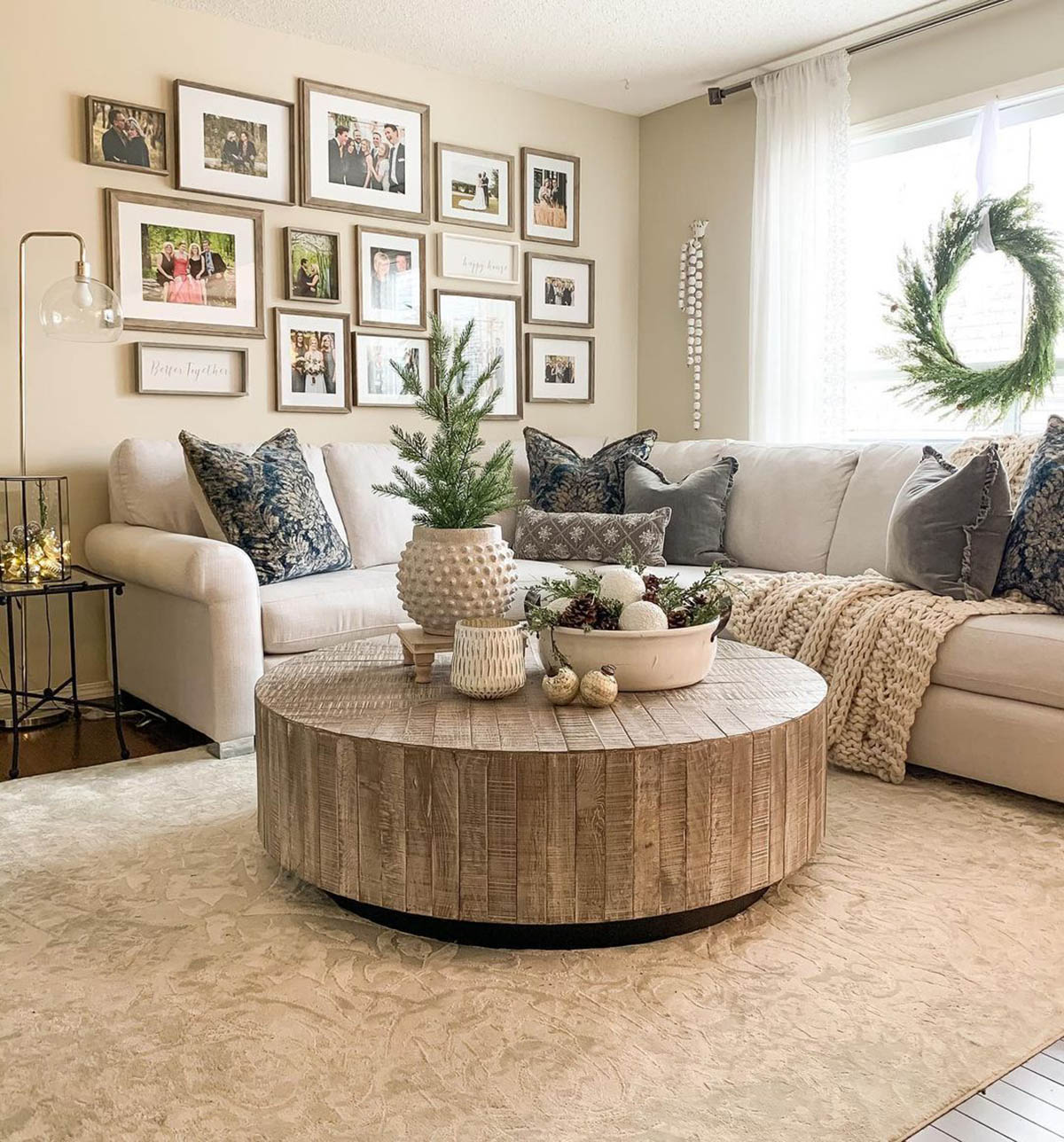
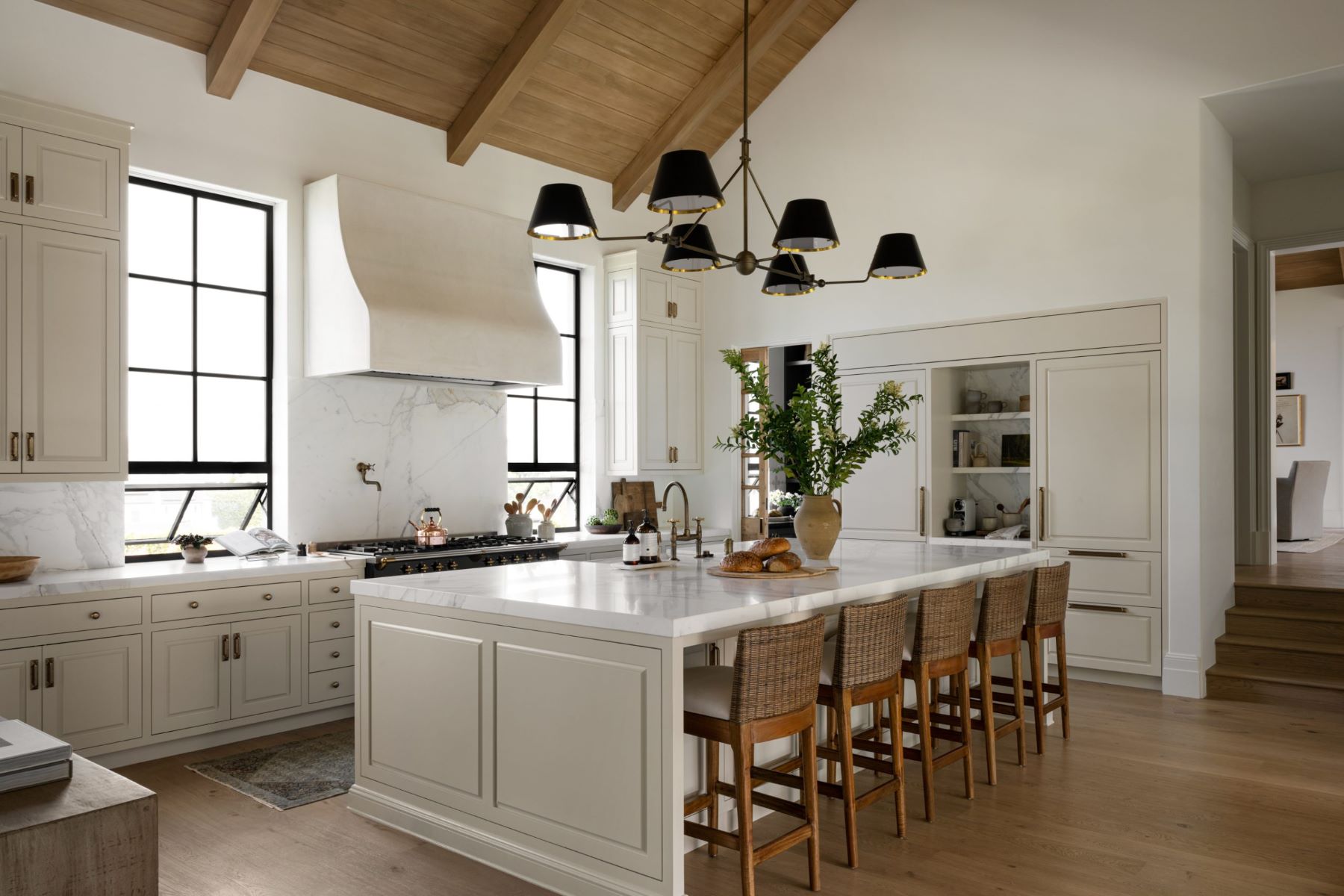
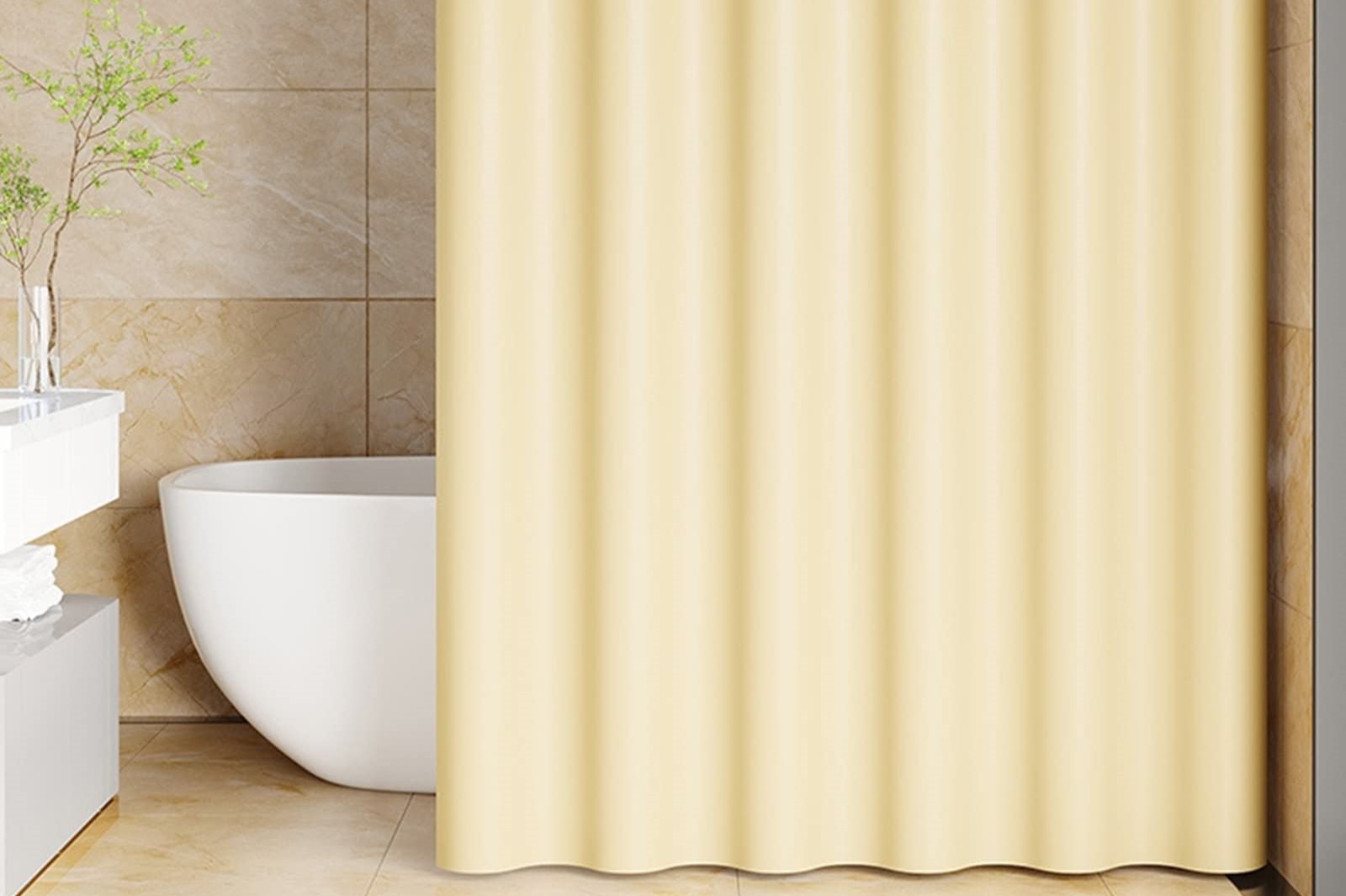
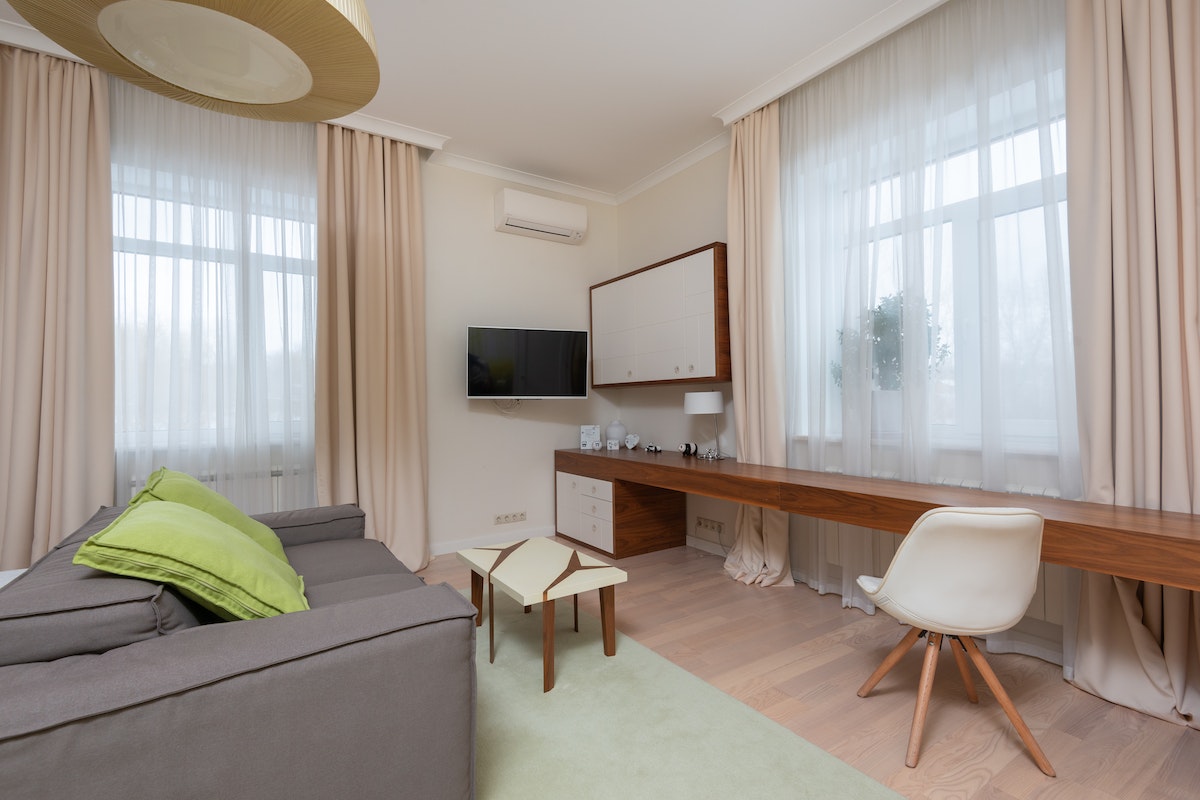
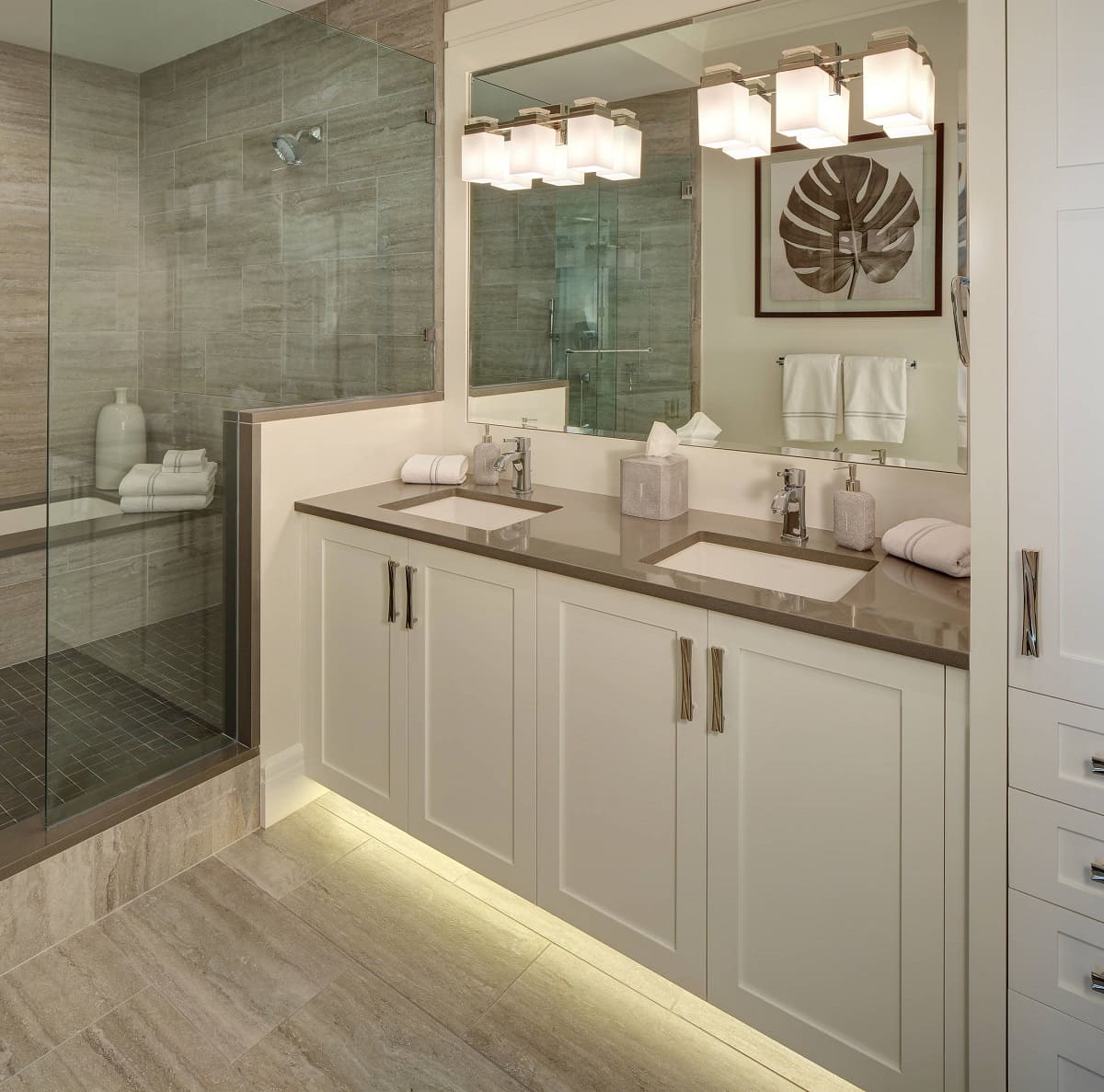
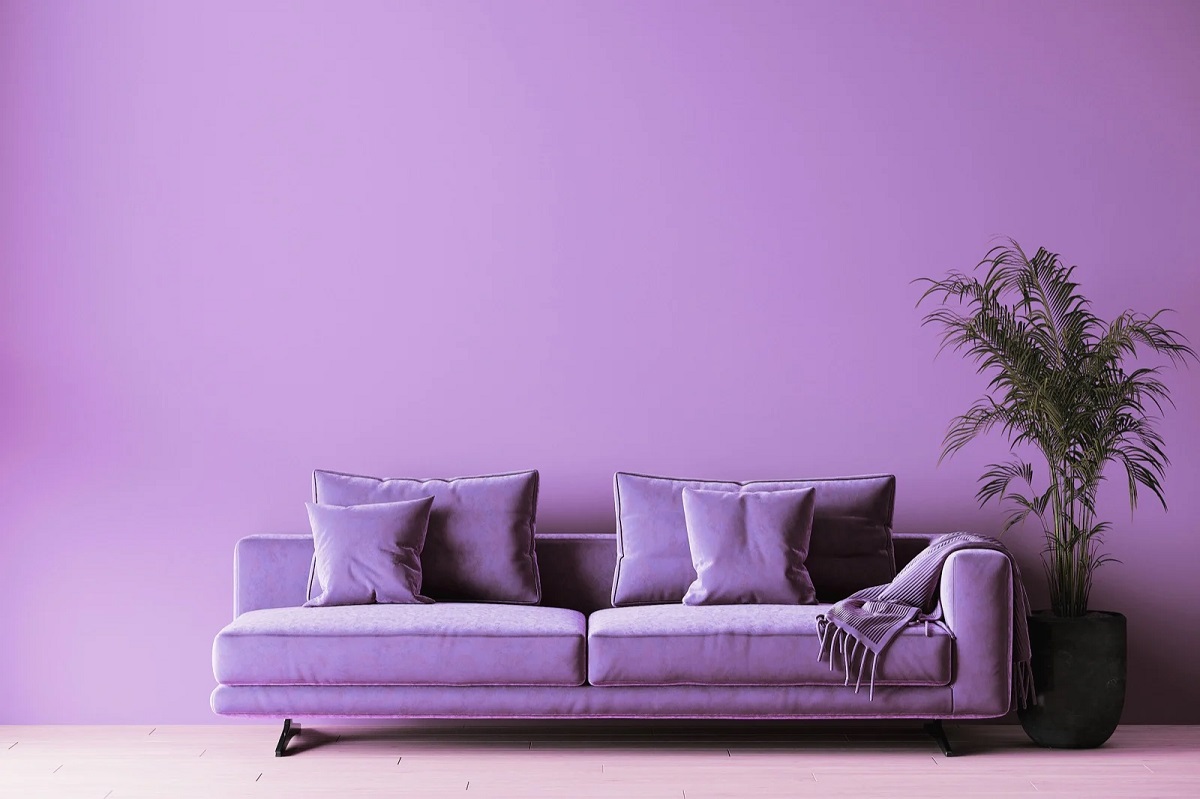
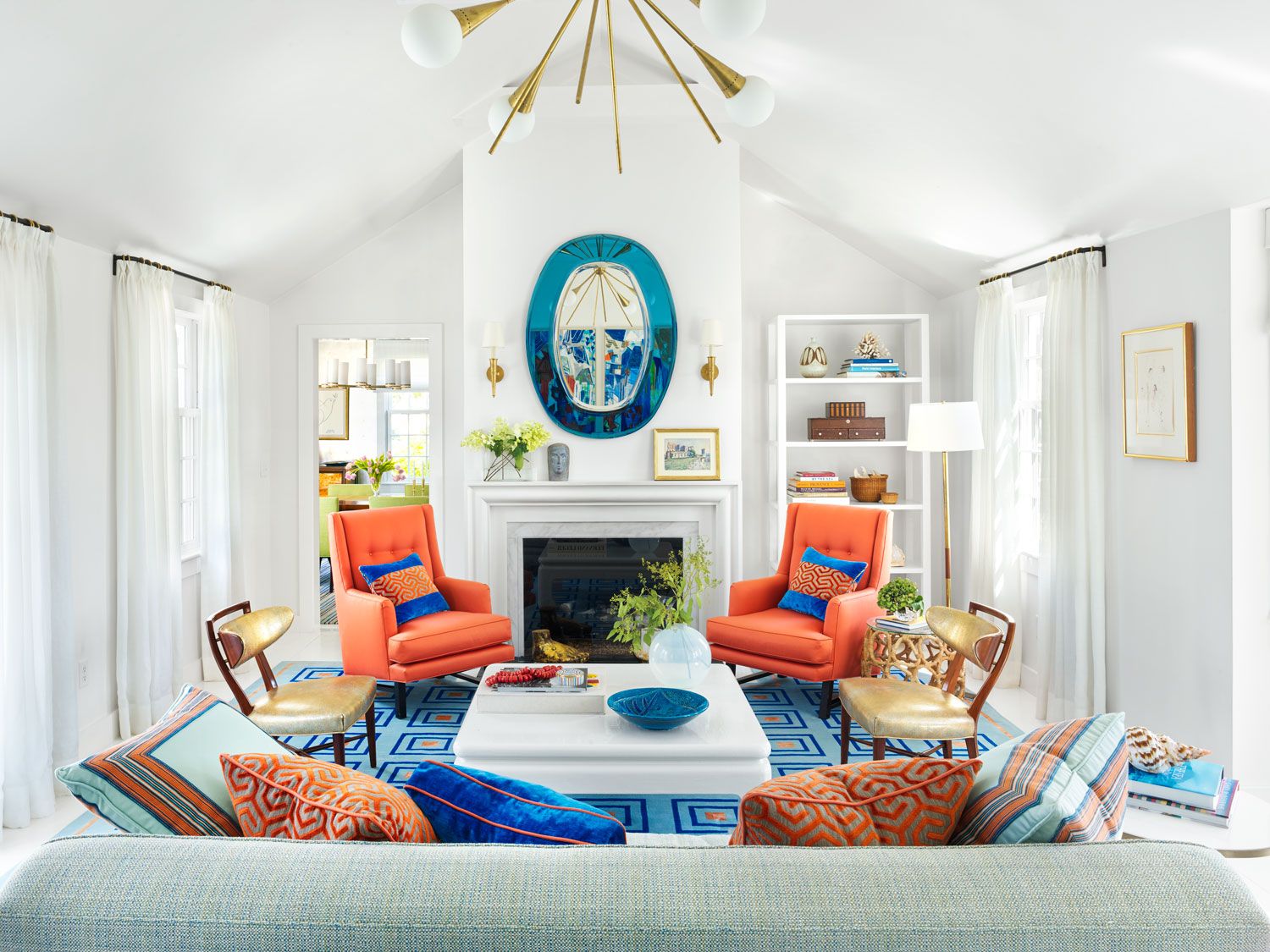
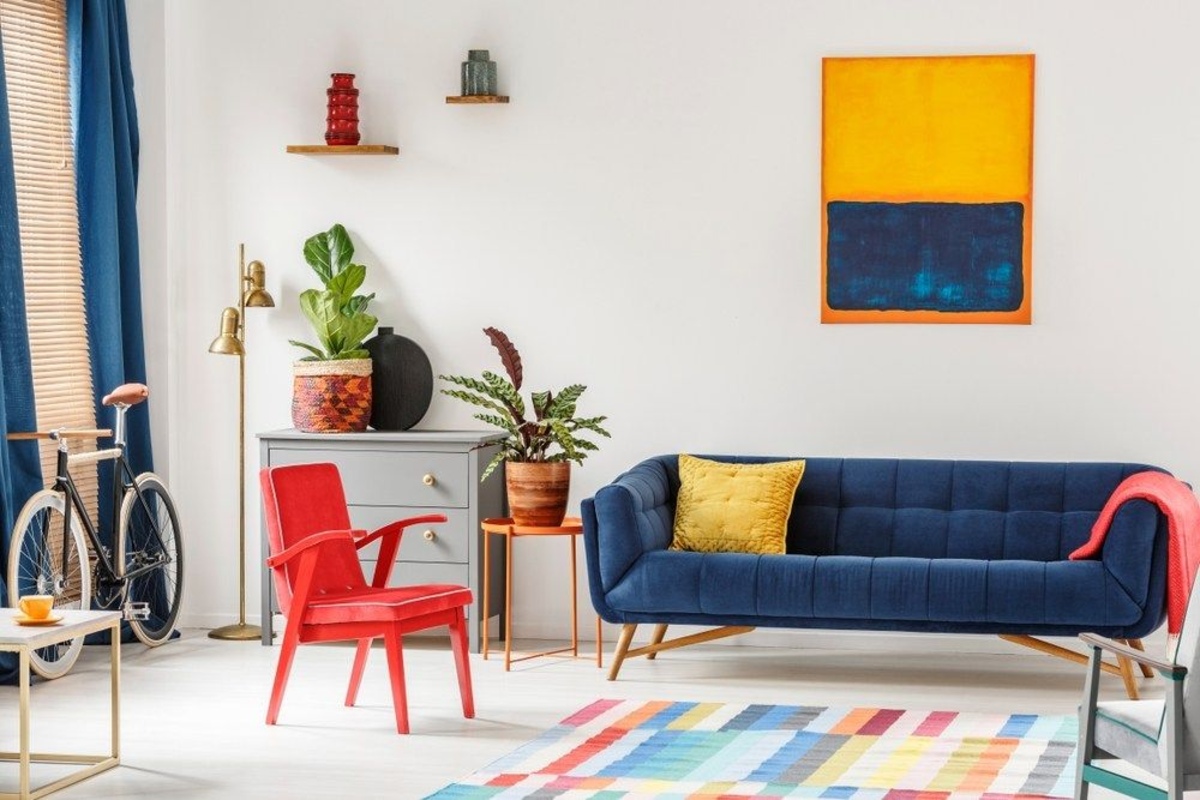
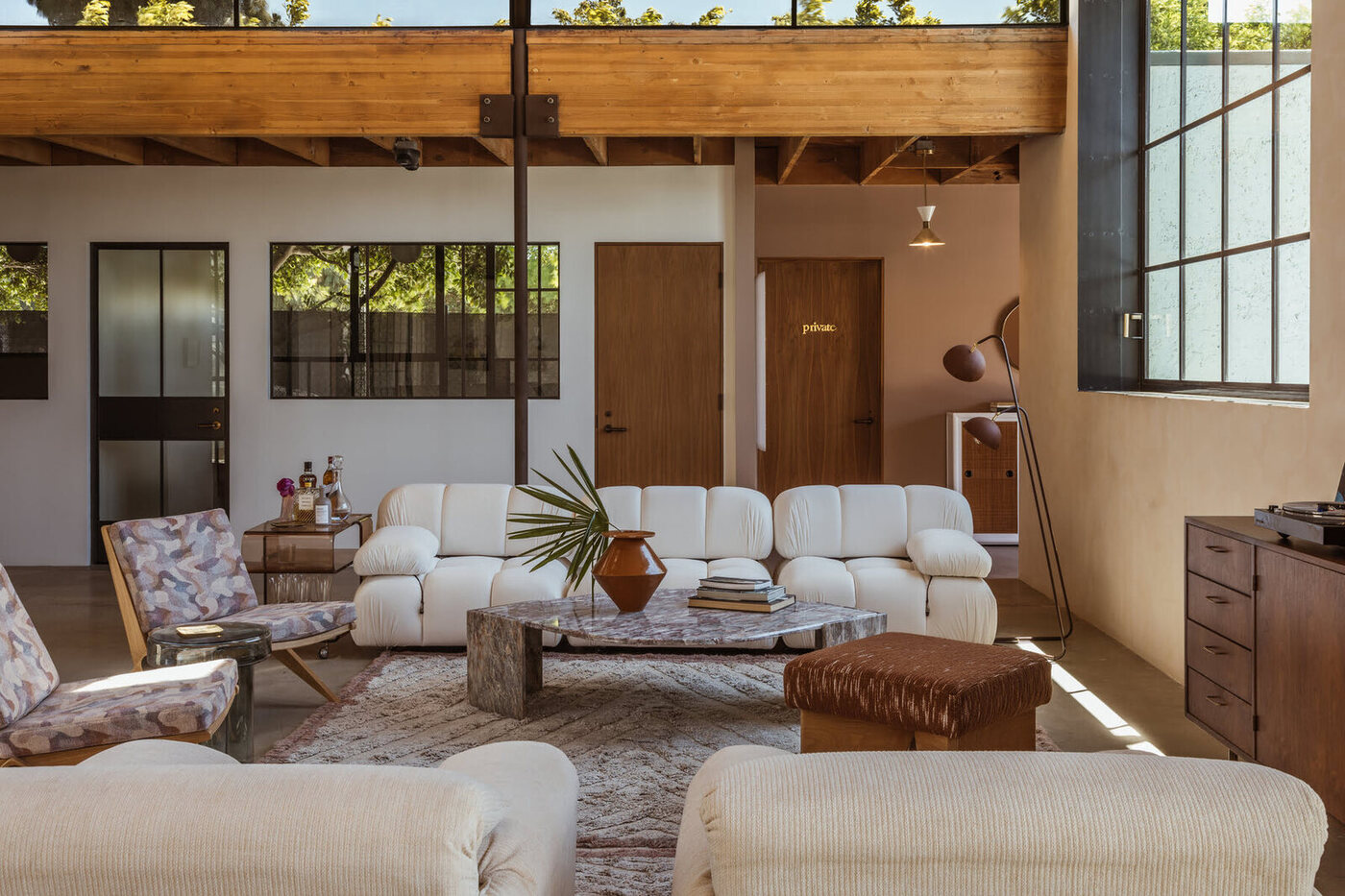
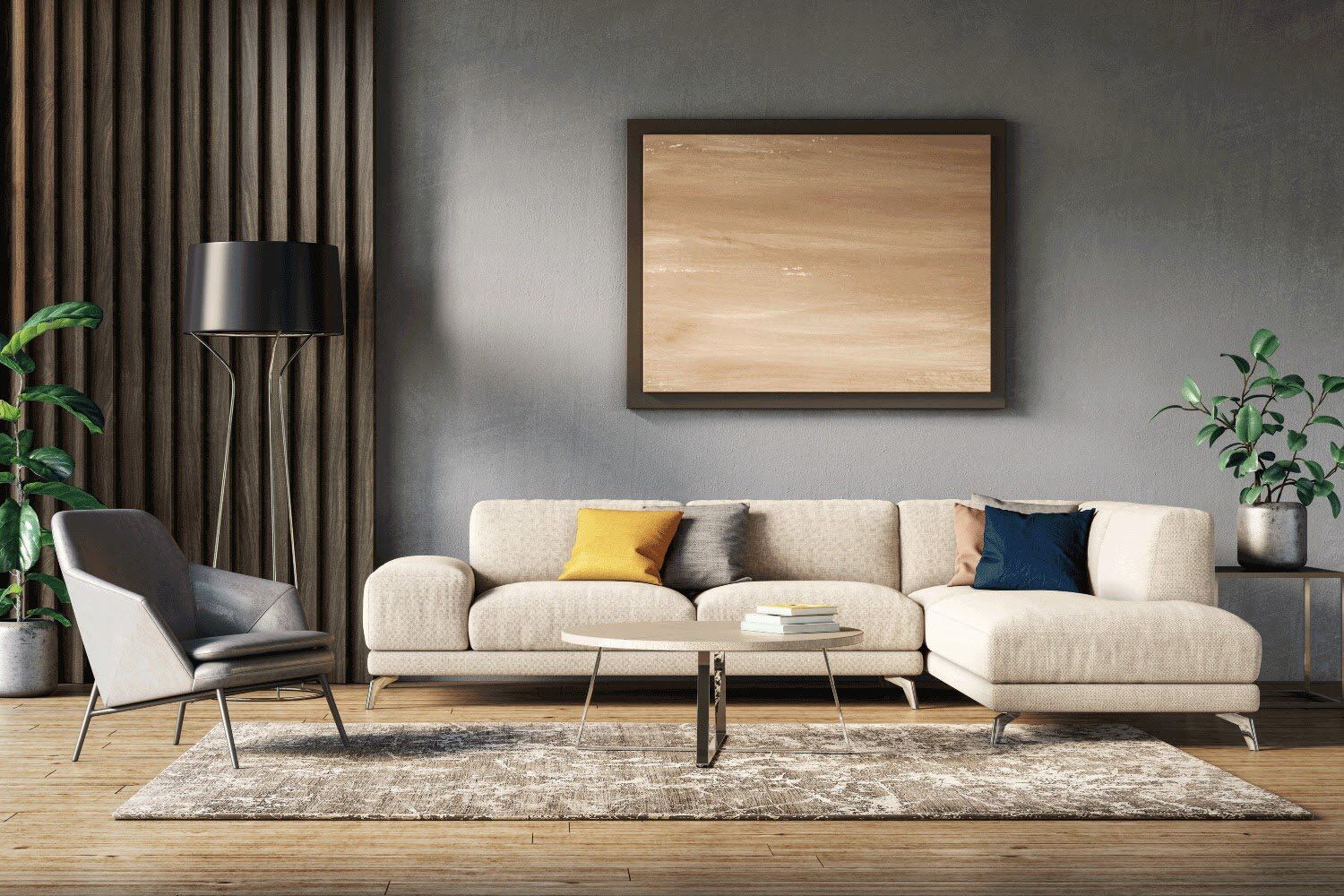
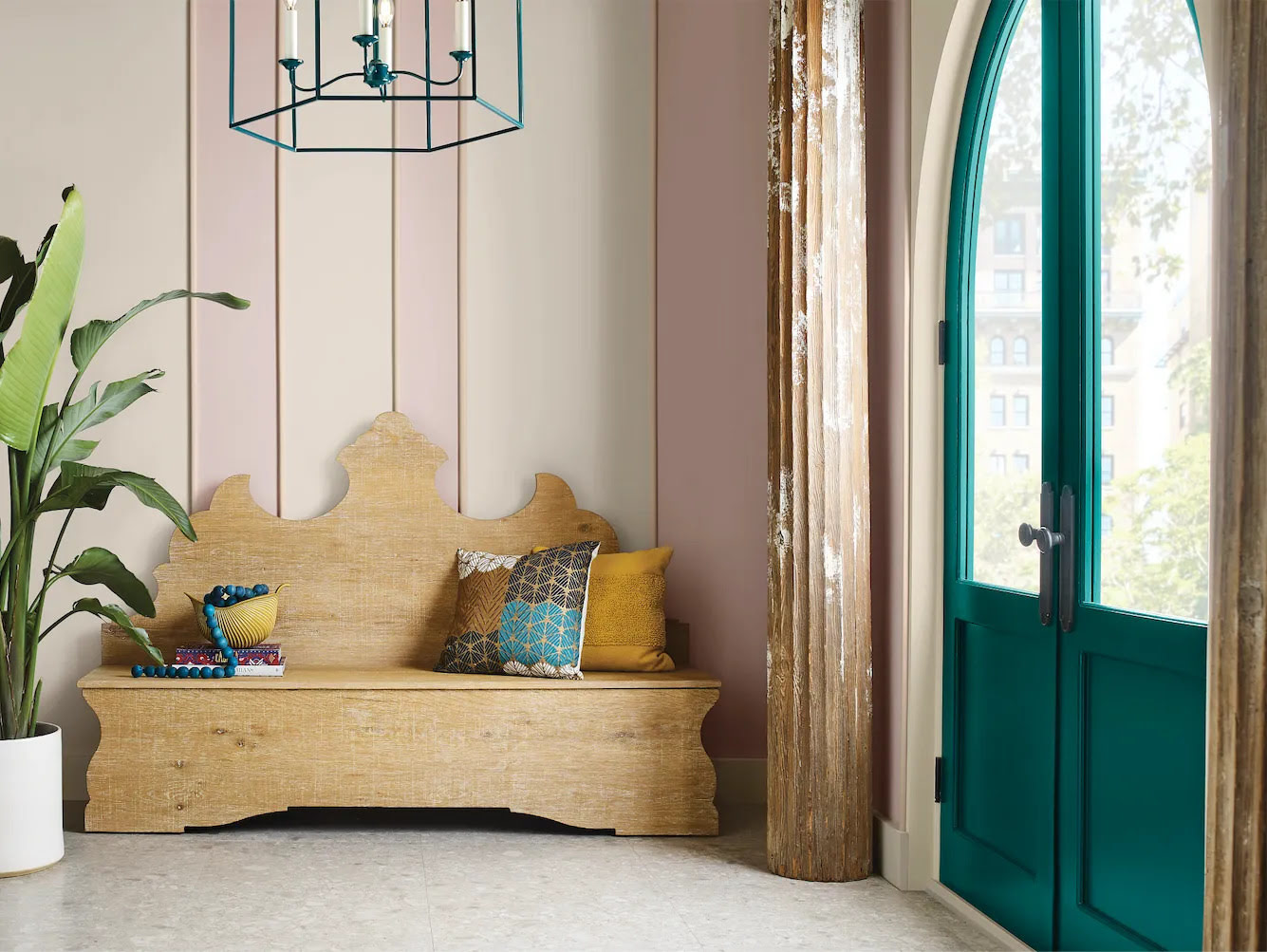
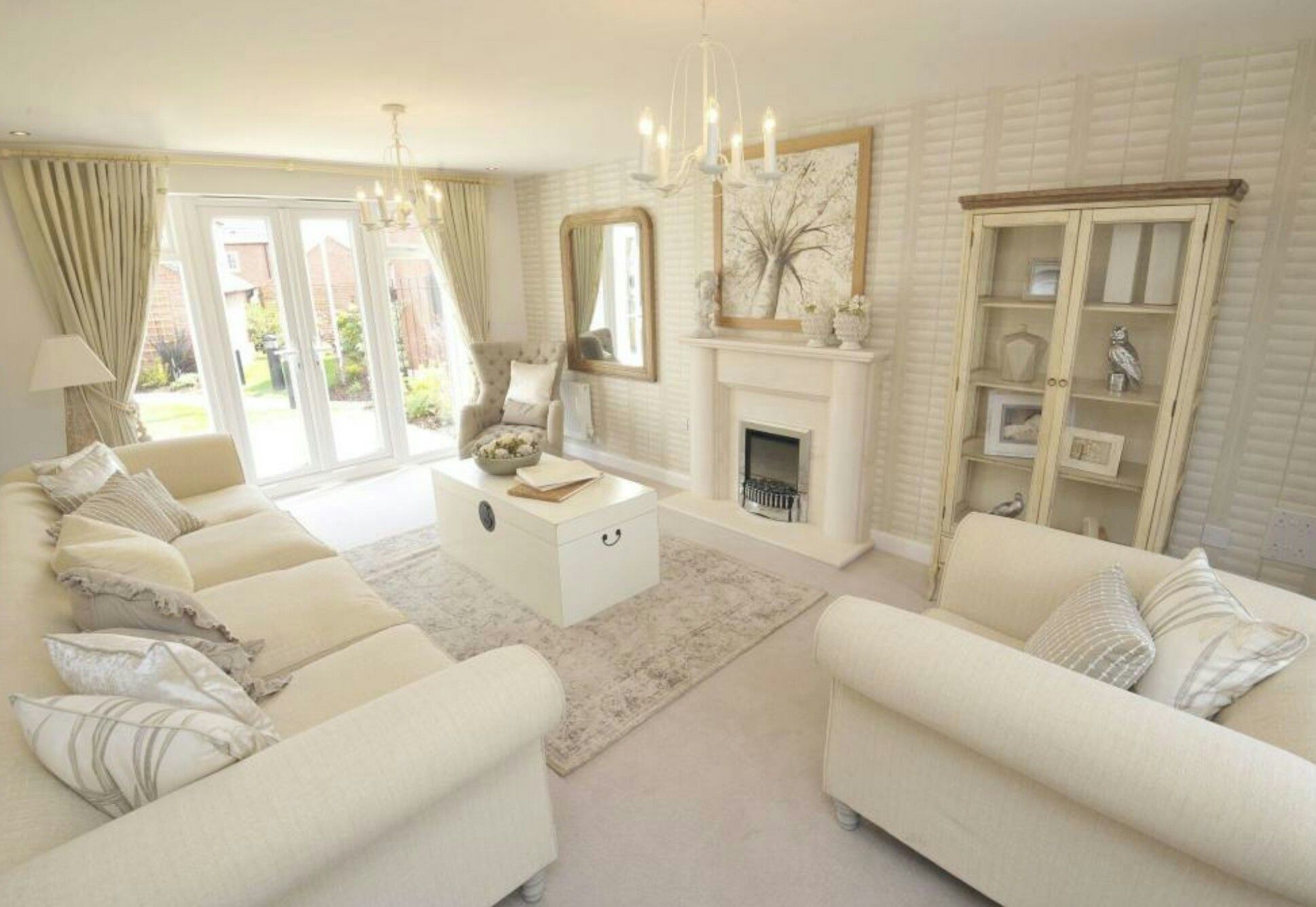
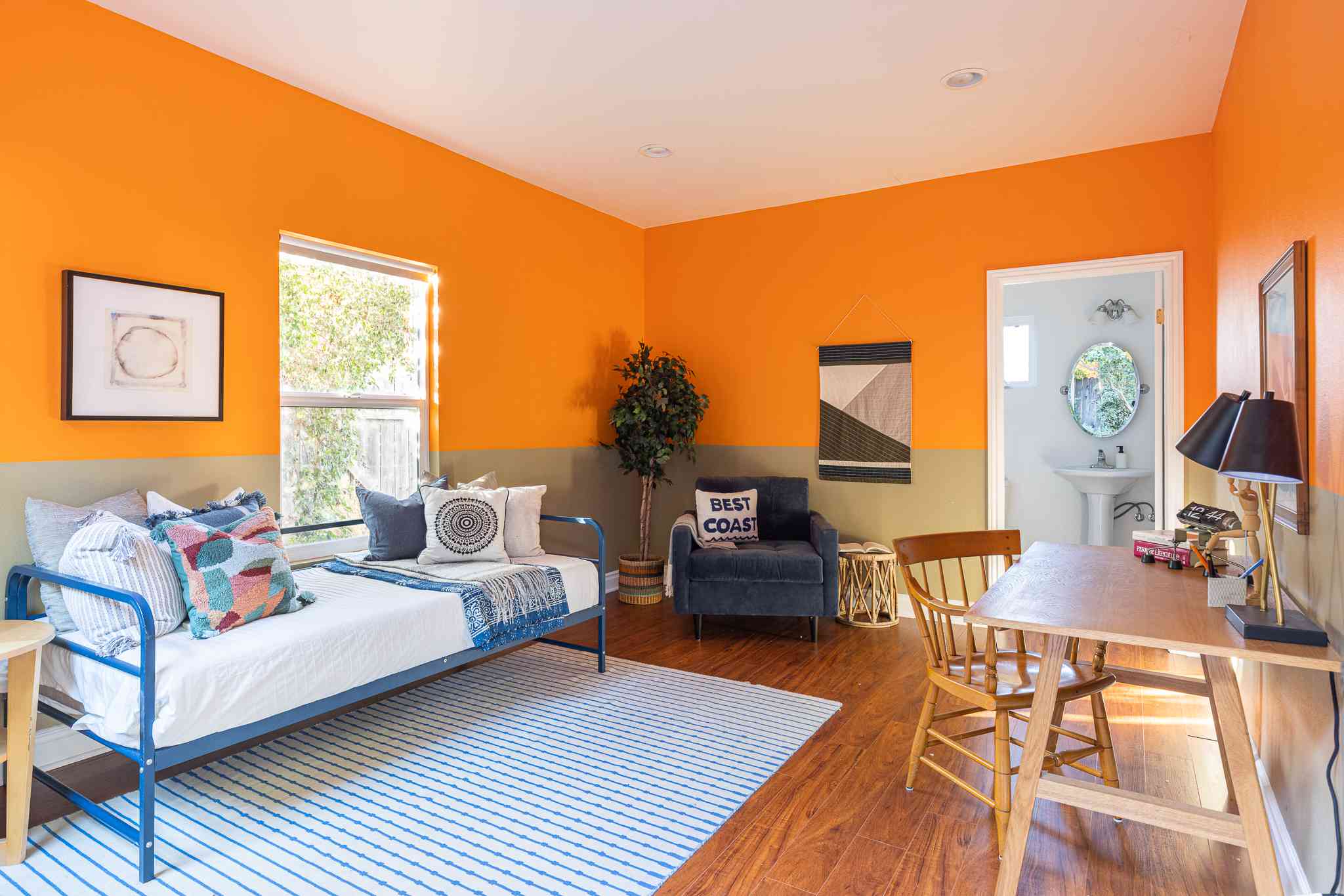

0 thoughts on “What Color Is Beige? How To Use It In Your Decor”